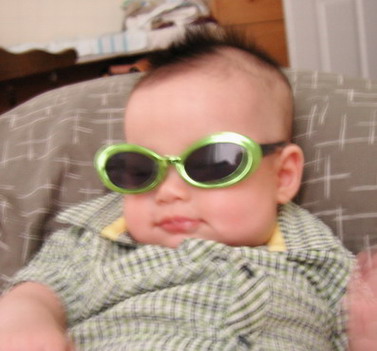WTF,竟然台灣也來一次。
如果外人的調查結果都明講了有些圖是 questionable,而那張 Fig. 2C 的原始資料又剛好不見了,那也就沒甚麼好講的了。喜事變屎事。
Science 15 December 2006:
Vol. 314. no. 5806, p. 1669
DOI: 10.1126/science.314.5806.1669a
News of the Week
SCIENTIFIC MISCONDUCT:
Online Sleuths Challenge Cell Paper
Hao Xin
When scientists at National Chung Hsing University in Taichung, Taiwan, published a microbiology paper in the 20 October issue of Cell, local media hailed the event, noting that it was the first report in the prestigious journal by an all-Taiwan group. One newspaper quoted the university president as saying that the "findings will rewrite textbooks." That local pride, however, was premature: After anonymous online sleuths raised questions about image manipulation in the paper, a university investigating committee has recommended that Ban-Yang Chang, the corresponding author, retract the paper.
Paper suspect. Internet bulletin board posters discussed possible image manipulation of figures in this Cell article.
In an e-mail to Science, Yu-Chan Chao, dean of the College of Life Sciences at the university, calls the episode an "unfortunate case." But Chao went on to say that Chang's team had provided "repeatable data suggesting that their overall conclusions were correct and reproducible."
The Cell paper, which questioned prevailing views of how transcription of a gene's DNA begins in bacteria, was challenged publicly on 16 November when an anonymous posting appeared on an electronic bulletin board run by Chinese students in the United States. The posting alleged that starting with figure 2 of the paper, "several dozen western lanes appeared to be copied and pasted." The board has been abuzz with discussions about the study since then. Another poster claimed to have used "difference blending," a feature of the image software Adobe Photoshop, to compare the upper parts of lanes in the high-resolution version of panel C of figure 2 of the Cell paper and concluded that they were almost identical.
A subsequent reply on the board attributed to Chang denied any wrongdoing. And in an e-mail to Science last week, before the university investigation, Chang denied that images in the paper had been manipulated and stated that the "conclusion we made for the Cell paper is true on the basis of our data."
The paper dealt with the role of a transcription factor called sigma factor, a subunit of the RNA polymerase (RNAP) complex that transcribes DNA into messenger RNA. Sigma factor "melts" double-stranded DNA, separating the two strands to provide access for the polymerase, but it was thought to need the help of the core part of the RNA polymerase complex to bind to DNA. Chang's team, however, claimed to find that a truncated version of sigma factor could bind and open up DNA, without help from the core RNAP. A commentary in the same issue of Cell noted that the study adds "a twist to our current understanding of transcription initiation."
After Chang's online rebuttal, bulletin-board posters said they would contact Michael Rossner, managing editor of the Journal of Cell Biology and an expert on detecting image manipulation. Rossner confirmed to Science by e-mail that he was familiar with the case and "agree[s] with the students that some of the images are indeed questionable." Cell also received word of the allegations and started an investigation, confirmed Emilie Marcus, the journal's executive editor. (As Science went to press, Cell had not published a retraction, and Chang had not conf irmed that he was retracting the paper.)
Last Friday, Chung Hsing University convened a committee, which consisted of two university vice presidents, the dean of the College of Life Sciences, and two top scientists from outside the university, to investigate the alleged manipulation. They advised Chang to retract the paper, Chao wrote. "The university will take this as a serious lesson for ethics education at all the colleges in the future," he added.
There may be more lessons to come. Bulletin-board posters have challenged figures in another paper by Chang's team that was published online 16 October by the Journal of Biological Chemistry.
Subscribe to:
Post Comments (Atom)

No comments:
Post a Comment